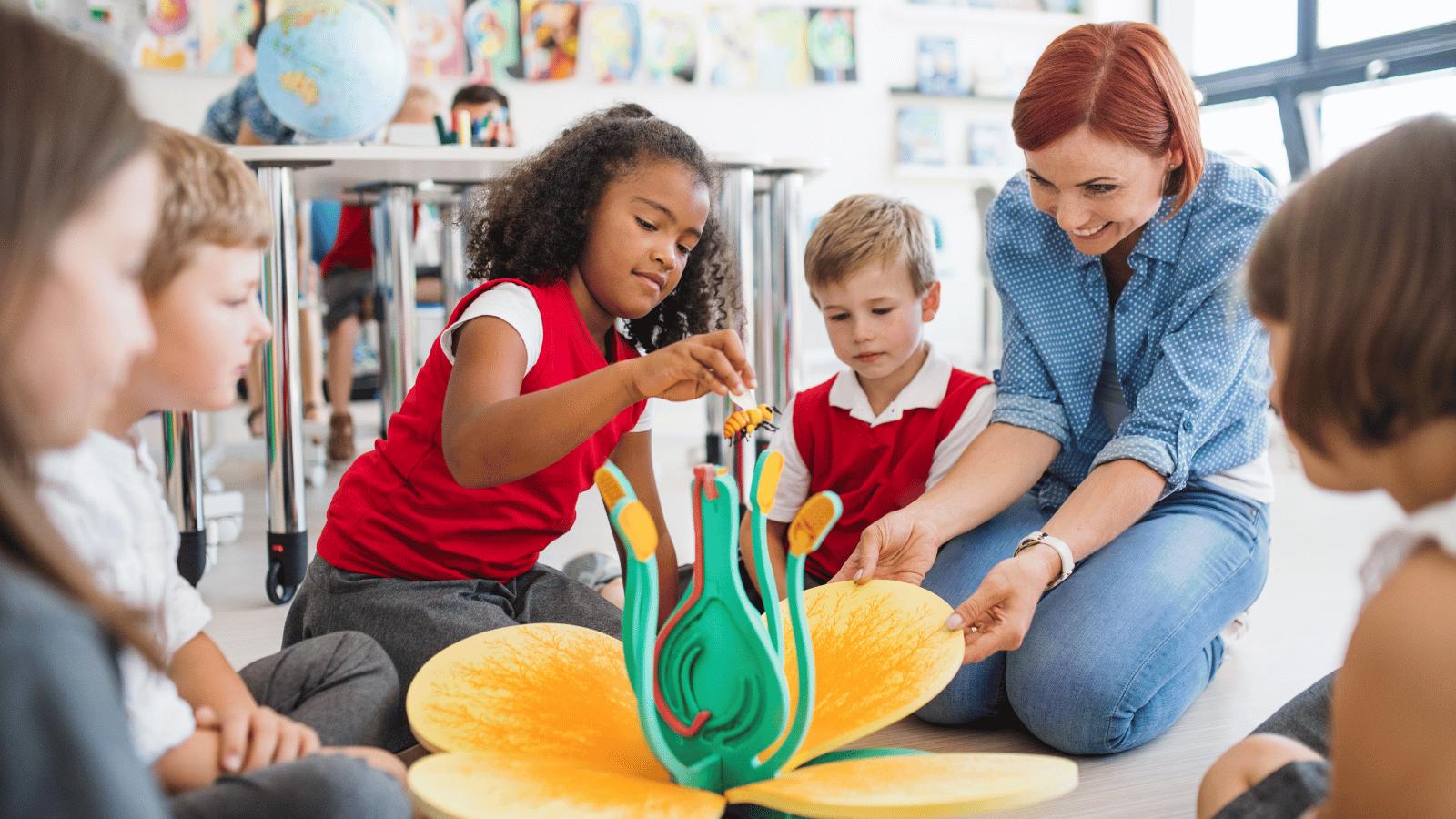子どもの学びを考えるとき、親として「どうやったらこの子はもっと自分から動いて、興味を深めてくれるのだろう?」と悩む瞬間は少なくありません。習い事や宿題でやる気を見せないとき、あるいは遊びの中で集中が続かないとき、「もう少し頑張ってほしい」「本当はもっと好奇心があるはずなのに」と感じることもあるでしょう。
そんなとき、私たちが取り入れたいヒントの一つが、イタリア発祥の幼児教育アプローチである「レッジョエミリア・アプローチ」です。子どもがもともと持っている探求心やクリエイティビティを、親や保育者がどのように引き出していくか。その大きな要素の一つとして「質問の仕方」が注目されています。
本ブログでは、レッジョエミリア流の問いかけに着目しながら、子どもの探求心を伸ばすための具体的なコツや実践例をご紹介します。
1.レッジョエミリア・アプローチとは
イタリアのレッジョエミリア市で生まれた幼児教育法であるレッジョエミリア・アプローチは、「子どもは自ら学び、表現する力を持っている」という考え方をベースにしています。子どもの思考や表現を大切にし、教育者や親はファシリテーターとして子どもの興味を広げる手助けをします。
特徴的なのは、子ども同士や大人との対話を通じて「子ども自身が答えを見つけるプロセス」を大切にしている点です。大人が一方的に知識を与えるのではなく、子どもの発想や疑問に寄り添いながら、より深い学びにつなげていく。そのための具体的な手段の一つが「子どもに対する問いかけのデザイン」であり、レッジョエミリアでは「100のことば」「100の言語」という概念も有名です。これらは、子どもの表現方法やコミュニケーション手段が多岐にわたることを示し、それを引き出す役割として大人がどう関わるかを問い直すものとなっています。
2.レッジョエミリア流「探求心を引き出す質問」の特徴
(1) 開かれた質問(オープンクエスチョン)
レッジョエミリア・アプローチでは「正解・不正解のある質問」よりも、子どもが自由に考えて答えを導き出せるオープンクエスチョンを多用します。たとえば、「この花は何色?」と尋ねるより、「この花を見て、どんなことを感じる?」「この花はどんなところが面白いと思う?」といった形で、答えを限定しない問いかけがポイントです。
(2) 子どもの視点を尊重する
子どもは大人が想像しないようなユニークな視点を持っています。レッジョエミリアでは、その「子どもらしい視点」を正面から受け止めることが大切だと考えます。大人から見ると「そんなふうに考えるの?」と思える答えでも、そこには子どもの論理が働いているかもしれません。質問をするときも、一方的に「それは違うよ」と否定するのではなく、「なるほど、そう見えたんだね」と一旦受け止める姿勢が重要です。
(3) 対話を通じた深掘り
レッジョエミリアの質問は、子どもの回答をきっかけに新しい質問へとつなげ、学びを深めていくスタイルが特徴的です。子どもの答えが返ってきたら、それをヒントに「どうしてそう思ったの?」「そのあと、どうなると考える?」とさらに問いを重ねることで、思考の幅が広がります。一問一答で終わらせず、対話のキャッチボールを続けることで、子どもの探求心を刺激し続けることができるのです。
3.実践する上でのポイント
(1) 親自身が「知らない」姿勢を持つ
つい子どもに「知っている答え」を教えたくなるのが親の常。しかし、レッジョエミリアでは、大人も一緒に「知らないから調べてみよう」と子どもの視点に立つことを大切にしています。子どもが疑問を口にしたとき、「それはこうだよ」と即答する代わりに、「そうなんだね。どう思う?」「一緒に確かめてみようか?」と子どもと同じ目線で考えていくことが、探求心を育むカギになります。
(2) 絵や工作、身近な素材を使って問いを具現化する
レッジョエミリアの現場では、アトリエリスタ(美術の専門家)が常駐し、子どもたちの表現活動をサポートしています。家庭でも、簡単な絵具やクレヨン、紙や粘土などを用いて、子どもが感じたことや疑問を形にしてみるとよいでしょう。たとえば、空を見上げて「なんで雲は動くの?」という質問が出たら、雲の形や動きを描いてみたり、コットンを使って雲を再現してみたりするなど、実際の行動を通して質問を「見える化」すると、さらに理解が深まりやすくなります。
(3) 子ども同士の対話を促す
レッジョエミリアでは、子ども同士のコミュニケーションも重視されます。兄弟や友達がいる場合は、一緒に「なぜかな?」を考え合う時間を作ってみましょう。複数の子どもで話し合うと、自分とは違う発想や意見に触れることができます。そこで生じる「そういう考え方もあるのか」という驚きが、子どもたちの探求心をさらに引き上げる要素になります。
4.質問の実例
ここでは、レッジョエミリアの考え方を家庭でも取り入れやすいよう、シンプルな質問例をご紹介します。
- 「○○してみたらどうなる?」
- 例:「もしこの色とこの色を混ぜたら、どんな色になると思う?」
- 「もしこのブロックをここに重ねたら、どうなるかな?」
子どもが「こうするとどうなるの?」と仮説を立て、実験する機会を与えます。
- 「どうしてそう思う?」
- 例:子どもが「このお花さん、眠そう」と言ったら、「どうして眠そうだと感じたの?」
「うつむいているから」「色が淡いから」など、子どもの感じ方を具体化させるきっかけに。
- 例:子どもが「このお花さん、眠そう」と言ったら、「どうして眠そうだと感じたの?」
- 「ほかにはどんな方法がある?」
- 例:「塗り絵の色を変えてみるには、ほかにどんな道具が使えるかな?」
- 選択肢を増やし、自分のアイデアを広げさせる狙いがあります。
- 「そもそも何で○○なんだろう?」
- 例:「なんでお昼になると太陽が一番上にあるの?」
- 「なんでお魚は水の中で呼吸できるんだろう?」
子どもの素朴な疑問に対して、大人も一緒に「そもそも」と考えることで、より深い探究の入り口に立てます。
まとめ
レッジョエミリア・アプローチに代表されるように、子どもは本来、自分の感覚や興味をもとに周囲の世界を“探求”したいと望んでいます。そこに大人が巧みに質問を投げかけることで、さらに興味を深めたり、新たな視点を得たりできるのです。
大切なのは、答えを「教える」ことよりも、子どもが「自らの答えを見つけるプロセス」を支援すること。親が「正解」を先に提示するのではなく、「どうしてそう思うの?」と寄り添って問いを重ねていくと、子どもの中から思いもよらない発見が生まれるかもしれません。
忙しい日常の中で完璧に実践するのは難しいかもしれませんが、ふとした瞬間に子どもが興味を示したり、疑問を抱いたりしたときこそ、レッジョエミリア流の「探求心を引き出す質問」を試すチャンスです。些細な疑問にしっかり向き合い、子どもと一緒に世界を見つめ直してみましょう。そうした積み重ねが、子どもの内に眠る無限の可能性を開花させる一歩となるはずです。
Reggio Emilia-Style Questioning: Fostering a Child’s Sense of Inquiry
As parents, we often wonder how to encourage children to explore more on their own, whether they’re resisting homework or losing focus while playing. We may wish they’d “try a bit harder” or tap into what we sense is a deeper curiosity. In such moments, we can take cues from the Reggio Emilia Approach, an educational philosophy from Italy. One of its core ideas is that how we ask questions can play a big role in drawing out a child’s inherent curiosity and creativity. In this blog, we’ll explore how Reggio Emilia’s style of questioning can help children develop a greater sense of inquiry.
1. What is the Reggio Emilia Approach?
The Reggio Emilia Approach, developed in Reggio Emilia, Italy, is founded on the belief that children are capable learners and natural explorers. Rather than simply imparting knowledge, educators and parents serve as facilitators who expand on children’s existing interests and lines of thinking. A defining feature is the emphasis on learning through dialogue: children find their answers while engaging in conversations with peers and adults. This approach also highlights the “100 languages of children,” referring to the various ways children express themselves, and how important it is for adults to draw out and respect those diverse forms of expression.
2. Key Characteristics of Reggio Emilia-Style “Inquiry-Based” Questioning
(1) Open-Ended Questions
Instead of asking questions with a right-or-wrong answer, Reggio Emilia favors open-ended inquiries that allow children to freely arrive at their own responses. For example, instead of “What color is this flower?” you might ask, “What do you feel when you look at this flower?” or “What do you think is interesting about this flower?”
(2) Respecting the Child’s Perspective
Children often see the world in ways that adults may never imagine. The Reggio Emilia Approach values the “child’s unique viewpoint.” Even if a child’s idea seems offbeat to an adult, there might be a logic behind it. Rather than dismissing or correcting them, it’s important to first acknowledge: “Oh, you saw it that way!”
(3) Deepening Exploration Through Dialogue
Reggio Emilia questioning doesn’t end with a single Q&A. Once a child answers, you can respond with new questions, like “Why do you think that?” or “What do you think happens next?” This continued back-and-forth conversation extends the child’s thinking in new directions, sparking more curiosity.
3. Practical Tips for Implementation
(1) Adopt an “I Don’t Know Either” Posture
Parents often feel compelled to provide the “right” answer. However, in Reggio Emilia, adults join children in exploring the unknown. Instead of immediately explaining why something is what it is, say: “That’s interesting—why do you think it is?” or “Let’s look into it together!”
(2) Use Art and Everyday Materials to Visualize Questions
In Reggio Emilia classrooms, atelieristas (art specialists) help children express ideas through creative mediums. At home, you can let children draw, paint, or use clay to represent their questions and thoughts. For instance, if your child asks, “Why do clouds move?” you can draw clouds together, use cotton to mimic them, and explore the concept in a tangible way.
(3) Encourage Peer-to-Peer Discussion
If there are siblings or friends around, have them talk about “Why do you think that happens?” Hearing different ideas expands their viewpoint and can heighten mutual curiosity.
4. Examples of Questions
- “What do you think will happen if we do ○○?”
- E.g., “What color do you think we’ll get if we mix these two paints?”
- Invites children to form hypotheses and experiment.
- “Why do you think that?”
- E.g., If your child says “This flower looks sleepy,” you might respond: “Why does it look sleepy?”
- Encourages them to verbalize their observations or feelings.
- “What other ways could we try?”
- E.g., “If you want to change colors on this picture, what other tools could you use?”
- Fosters creativity by prompting them to come up with more options.
- “Why is it that ○○?”
- E.g., “Why do you think the sun is highest at noon?”
- “Why do fish breathe underwater?”
- By pondering “why” together, you both dive deeper into inquiry.
Conclusion
Children naturally want to explore the world around them with their senses and interests. Adults can enhance that process by posing thoughtful questions. The goal isn’t to simply provide answers, but to support children in discovering their own. Through each question, you might be surprised by the insights they come up with.
In the busyness of everyday life, it can be challenging to fully adopt Reggio Emilia principles. Still, any moment a child shows interest or wonders about something is a perfect opportunity to try “inquiry-based questioning.” By taking even small steps toward listening to and exploring their curiosity, you nurture the boundless potential that lies within them.




コメント